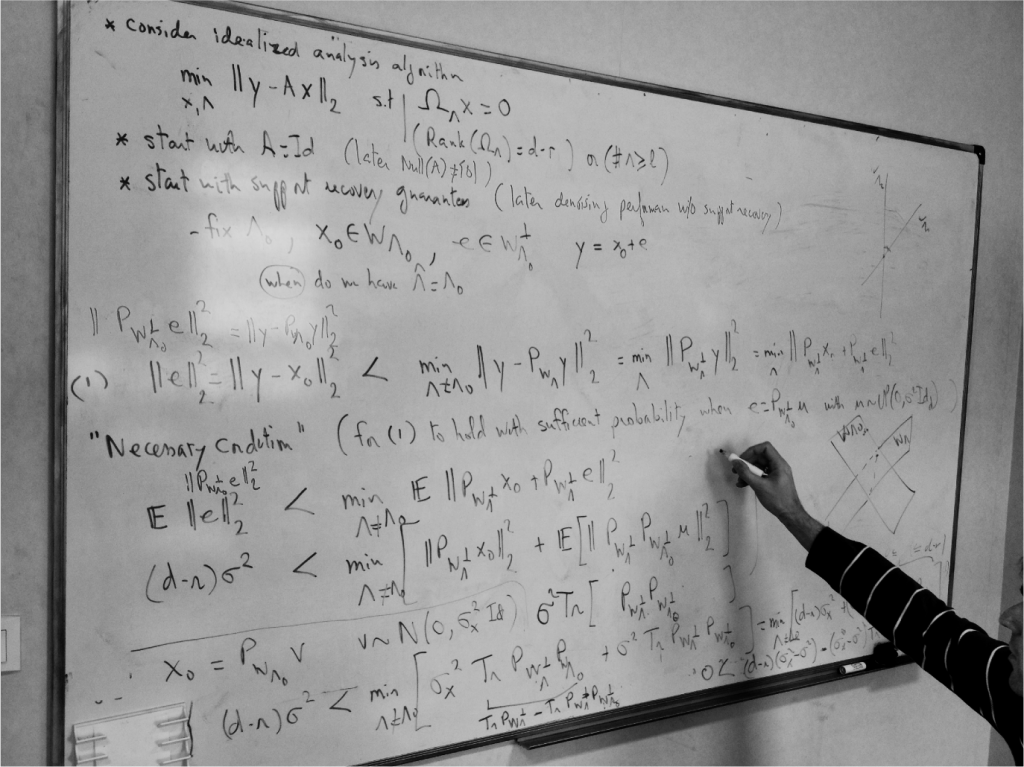PANAMA (Parsimony and New Algorithms for Audio & Signal Modeling) is a joint project-team between Inria and CNRS. It is part of the D5 department (Digital Signals and Images, Robotics) of IRISA.
Building upon the rare scientific culture of the former METISS project-team, at the interface between audio modeling and mathematical signal processing, the global objective of the PANAMA project-team is to develop mathematically founded and algorithmically efficient techniques to model, acquire and process high-dimensional signals, with a strong emphasis on acoustic data. Applications fuel the proposed mathematical and statistical frameworks with practical scenarii, and the developed algorithms are extensively tested on targeted applications. PANAMA’s methodology relies on a closed loop between theoretical investigations, algorithmic development and empirical studies.
Keywords:
sparse modeling; audio and music signal processing; source separation; machine learning; inverse problems




